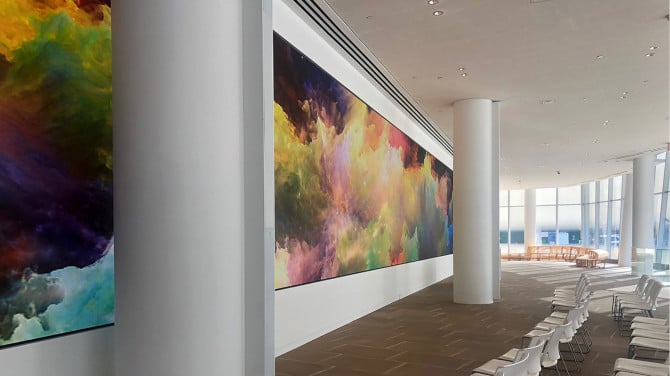Understanding the Role of Tonal Contrast Ratios on Optical Sharpness and User Perception
Wiki Article
Contrast proportions are an critical concept in graphic design and human perception. They refer to the difference in brightness between the lightest and darkest parts of a graphical interface. A greater brightness ratio means that there is a greater disparity between light and dark areas, which can significantly influence how easily we perceive visuals, content, and other graphical elements. This is particularly vital when considering how individuals with varied sight capabilities perceive information. Understanding contrast proportions helps creators develop more effective interfaces, whether for webpages, advertisements, or instructional content.

The importance of contrast ratios can be observed in multiple contexts, such as televisions, computer screens, and mobile devices. In these technologies, a high contrast ratio enables crisper images and clearer text. For example, when watching a movie or playing interactive media, high contrast can improve the user engagement by making details more visible. This is also applicable for reading typography on displays; a strong contrast between the font hue and backdrop tone can prevent visual fatigue and enhance readability. As people interact with digital media regularly, creators must prioritize optimal contrast settings to ensure ease and legibility.
Various user groups may experience contrast ratios in distinct ways. For people with visual impairments, such as color blindness or low vision, adequate visual separation is essential for understanding content displayed graphically. Designers must account for these variations when creating materials. Resources like contrast analysis tools can help evaluate whether the selected colors provide enough separation for all users. By ensuring proper contrast ratios, designers not only render their output inclusive but also reflect universal design in their designs.
In addition to inclusivity considerations, contrast ratios play a crucial role in aesthetic appeal and overall UX. A thoughtfully crafted interface uses palette choices that not only draw attention but also guide users through content effectively. For instance, highlighting key buttons or information with contrasting colors like it helps users navigate easily. When users find it easy to distinguish between different components on a screen, they are more likely to engage with the content and complete tasks efficiently.
Finally, as technology continues to advance, the importance of understanding contrast ratios remains relevant. Innovations in display technology provide opportunities for even better visual clarity. However, without thoughtful consideration of how visual differentiation influences user interpretation, advancements may not reach their full potential. Designers and developers must stay informed about best practices related to contrast ratios to ensure that their work stays impactful and intuitive across multiple systems and screens. By emphasizing these principles, they can enhance user interaction and create a more visually inclusive moved here digital world.